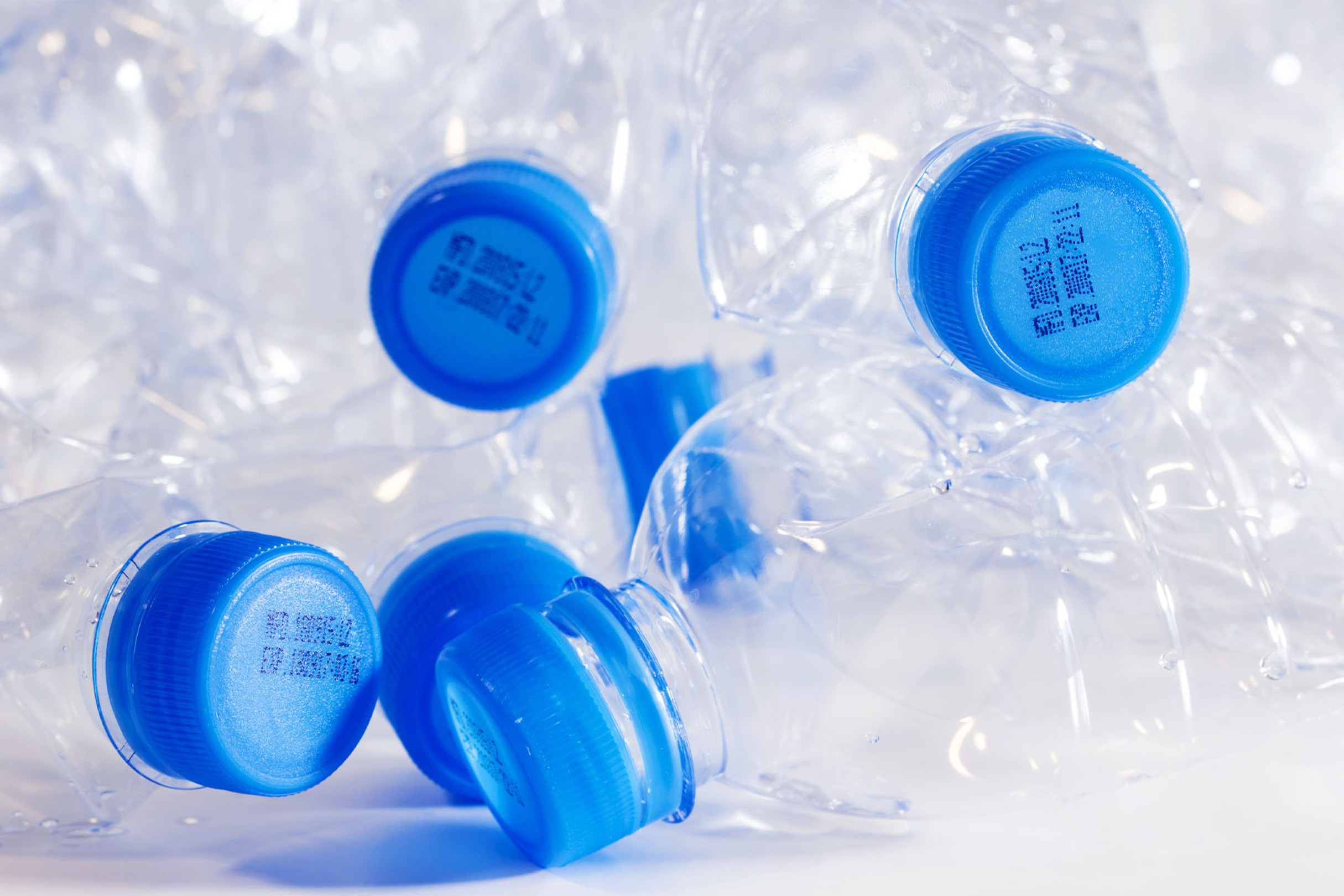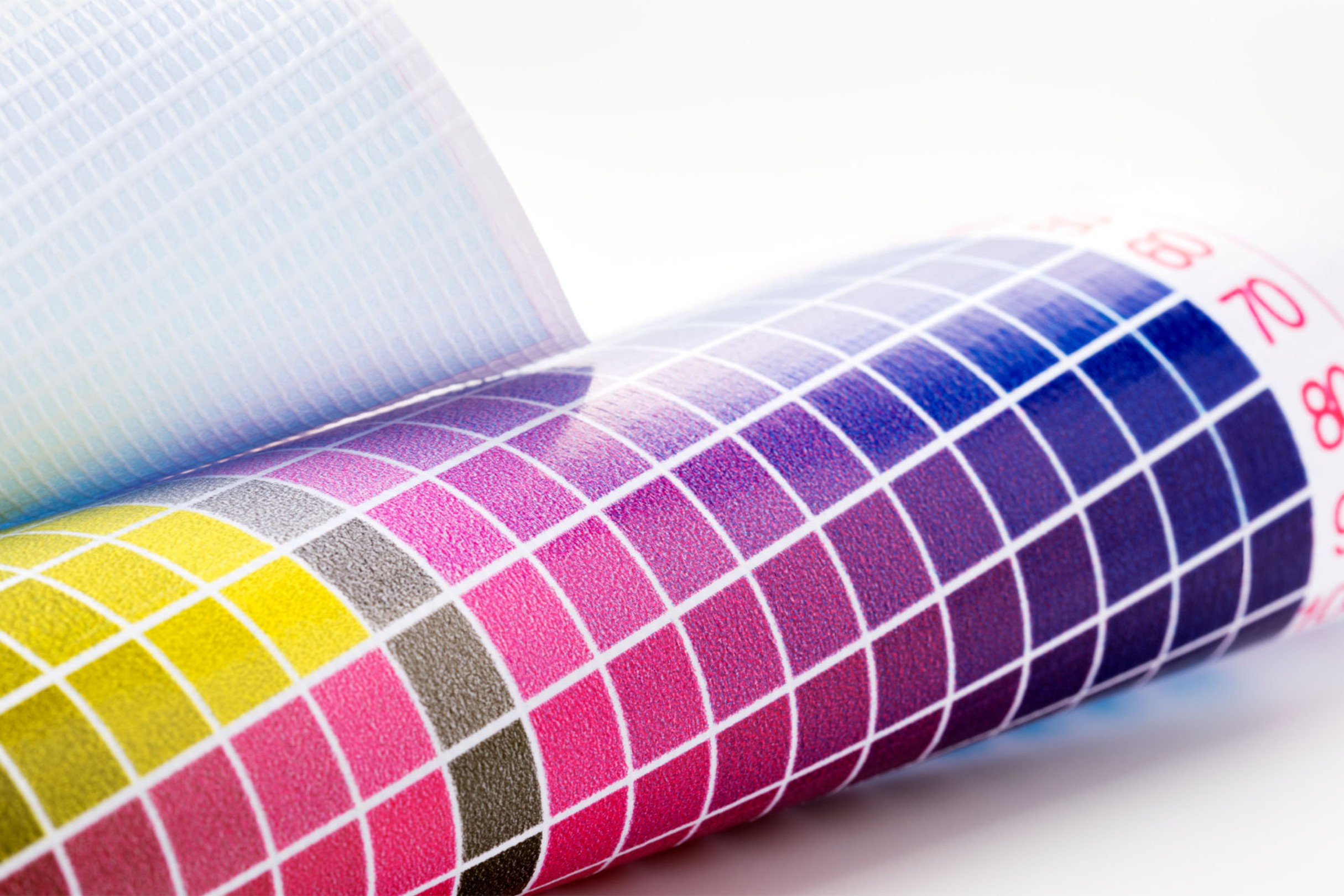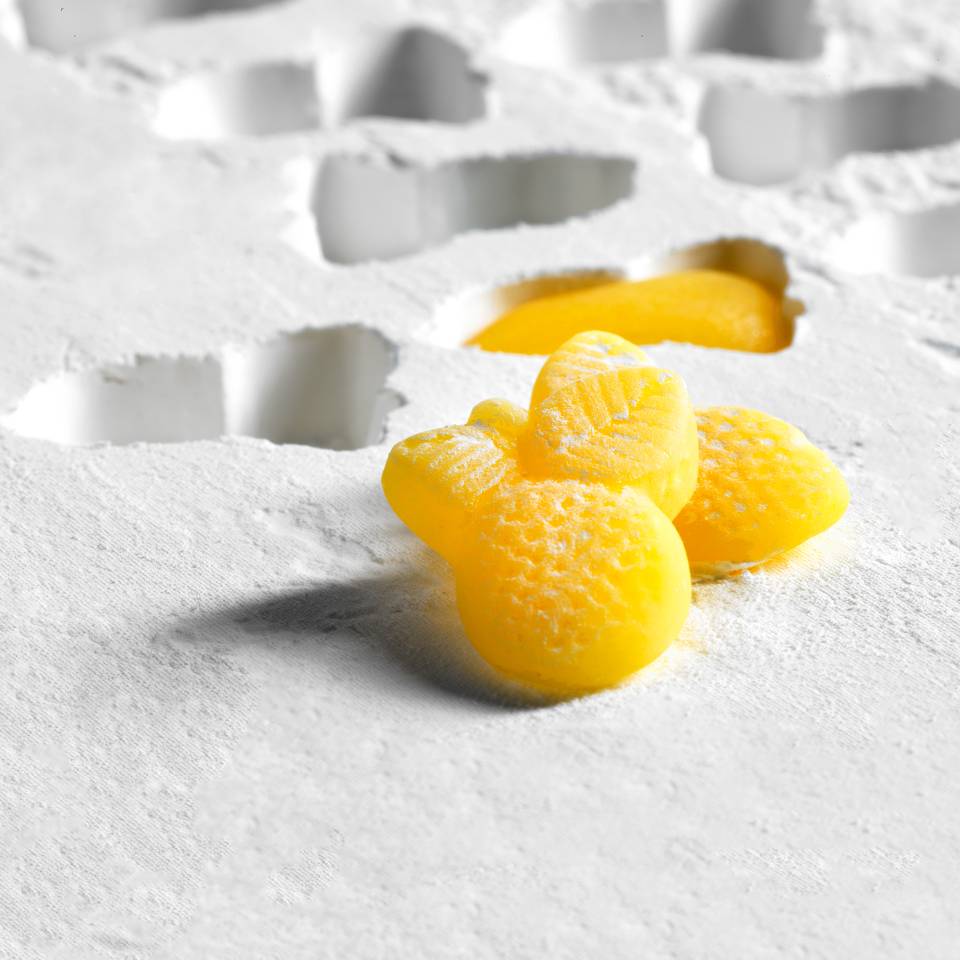
"We are seeking to combine the proven technical performance of the VINNOL® range for our customers with an ever smaller carbon footprint."
Nikolaus Trippen, Global Segment Manager, WACKER POLYMERS
A Resin that Connects
Coatings based on VINNOL® binders adhere to metals, plastics, wood and cardboard and withstand abrasion. These polymer resins are omnipresent in our everyday lives and are constantly evolving – also in terms of sustainability.

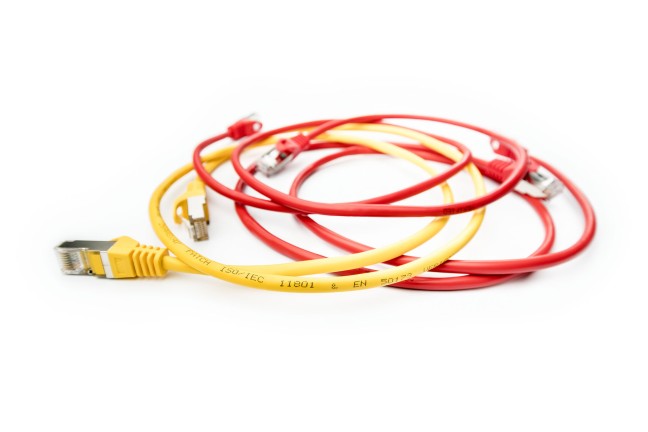
Network cables made of soft PVC are also coded using printing inks based on VINNOL® coating resins.
Is that yogurt still edible? Well, if you don't want to try it, you could check the packaging for the often inconspicuous expiry date. Information like this is printed on almost every product sold in grocery stores, from yogurt tubs to potato chip bags to cereal boxes. Also printed on packaging are barcodes and QR codes. What’s more, the printing ink must adhere to different plastics, metals or cardboard, in other words, various types of surfaces.
Not quite as easy as you might expect for what is actually a simple task. Yet, this is precisely the balancing act performed by binders from WACKER’s VINNOL® product family, explains Dr. Ulrich Lauter, Senior Technical Service Manager. “Their role as polymer resins in the ink is to act as the film-forming component. They do this by surrounding the pigment particles and binding them together while simultaneously attaching them to the substrate.”
However, the application of codes and information is but a minor example of the VINNOL® portfolio’s strengths. “Behind this brand name is a well-stocked toolbox for use in an extremely wide range of applications,” says Nikolaus Trippen, Senior Global Segment Manager at WACKER with responsibility for marketing this product class. "Whether as heat-sealable coatings for aluminum foil or as ingredients of printing inks and adhesives, these binders are used in a host of everyday products, including packaging for foodstuffs and pharmaceuticals. But you will also find them in industrial coatings, because they will adhere not only to metal and plastic, but also to wood, leather, and glass.”
Tailored Properties
Such versatility stems from the high compatibility existing among the VINNOL® polymer resins from WACKER, which enables users to tailor the properties at will: viscosity, wetting characteristics, sealing temperature, solubility, and chemical resistance can all be adjusted via the right combination of VINNOL® grades.
The binders are divided into three categories that have a modular structure. The first comprises polymer resins without functional groups: these are copolymers of vinyl chloride and vinyl acetate. The second contains grades that are functionalized with a dicarboxylic acid; these bear an “M” in their product name. The third category, the “A” grades, have been OH-functionalized with hydroxy acrylate. Within each category, the polymer resins also vary in terms of their molecular weight. With this, the viscosity in solution increases, and at the same time, the coating becomes mechanically more stable, and the temperature range in which it becomes soft increases.
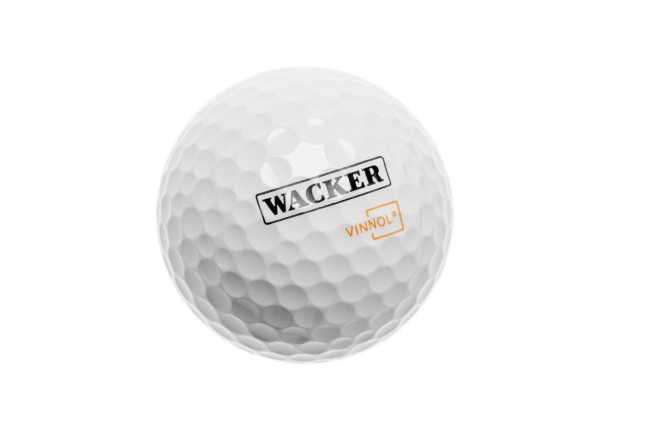
Hardness and Toughness
What influences the properties of the individual VINNOL® grades most of all is the ratio of copolymerized vinyl acetate to vinyl chloride in the copolymer. “The vinyl chloride provides the copolymer’s hardness and toughness. It confers very good chemical resistance and low flammability,” says WACKER chemist Ulrich Lauter. “The vinyl acetate, meanwhile, is the reason why our polymer resins are readily soluble in organic solvents.” This is crucial, because otherwise it would not be possible to produce razor-thin films and coatings at all. Moreover, the higher the proportion of vinyl acetate, the more soluble the polymer resins are in solvents, such as esters, glycol esters and some glycol ethers. The vinyl acetate also renders the copolymer softer and more flexible overall.
Yet, for all the breadth and versatility of the VINNOL® product portfolio, “The market is always coming up with new challenges, whether due to changes in our customers’ processes or to the emergence of new technologies,” says Trippen from Segment Management at WACKER. This was also the case for the latest member of the binder family: VINNOL® L-6868. It was developed at the behest of several WACKER customers. “They add our VINNOL® H 40/43 to UV-curing systems to achieve certain effects with their printing ink systems,” explains Dr. Lauter. “However, they were looking for a polymer resin grade that had a lower molecular weight and a much lower viscosity. But they also wanted even better solubility, especially in so-called UV monomers.”
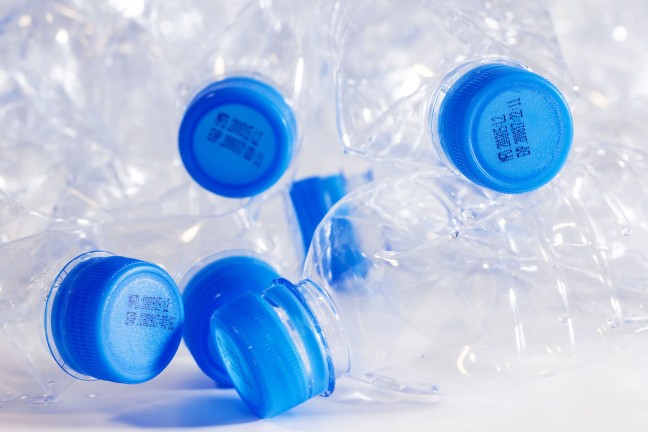
Inks made with VINNOL® binders even adhere to surfaces that are very difficult to print on, such as golf balls (top) or the lids of polyethylene bottles.

Keyboard letters still need to be legible after many years of intense use.
WACKER experts set about achieving these properties by modifying the molecular composition of VINNOL® H 40/43 as a starting point. “This request was particularly challenging,” recalls Dr. Lauter. “Although we quickly knew from our wealth of experience how the polymer resin had to be composed, there are limits inherent in the manufacturing process.”
The developers at WACKER pushed the manufacturing limits for the new polymer resin to the utmost, varying its composition in an attempt to arrive at a product with advantageous properties. They minimized the copolymerized vinyl chloride content to 44 percent in order to obtain a still block-resistant powder. At the same time, they raised the proportion of vinyl acetate to 56 percent.
The outcome is that VINNOL® L-6868 has excellent solubility in ketones and esters, and dissolves very readily in glycol esters, glycol ethers, acrylic monomers, and UV monomers. And its viscosity in solution is much lower, too – as low as 7 mPa s in a 20% MEK solution. By comparison, VINNOL® H 40/43 has a viscosity of 25 mPa s. “Not only that, but the new polymer resin can also be used to formulate high-solids systems, i.e., systems with high pigment and binder contents,” says Dr. Lauter. “And it is suitable for use with reactive- curing systems.”
Thanks to its very low molecular weight, the developmental product is the perfect solution for formulators dealing with challenges relating to flow, intercoat adhesion, and flexibility in UV-curing systems.
But the job for WACKER’s experts does not stop at adapting the properties of polymer resins to new conditions. “It is also becoming increasingly important to address sustainability aspects and to become even better in this respect, that is, to manufacture in a way that conserves resources,” explains Trippen.
As a first step, and starting in Q2, WACKER will offer VINNOL® products that have been manufactured with renewable energy sources, e.g., VINNOL® H 15/45 M (Renewable Energy). Sourcing energy from renewable sources with guarantees of origin leads to lower greenhouse gas emissions. An independent testing institute will verify and certify that the carbon footprint (from “cradle to gate”) has been calculated correctly. Aside from using renewable energy in the production process, a further, medium-term step will also see WACKER offering VINNOL® products whose fossil raw materials will gradually be replaced by renewable raw materials in the value chain based on the mass balance approach.
Unlike the conventional VINNOL® products, the product names of the new variants will bear the suffix ‘(Renewable Energy)’. “In developing these offerings and concepts, our experts are seeking to combine the wellknown and proven technical performance of the VINNOL® range for our customers with an ever smaller carbon footprint,” says WACKER manager Trippen.
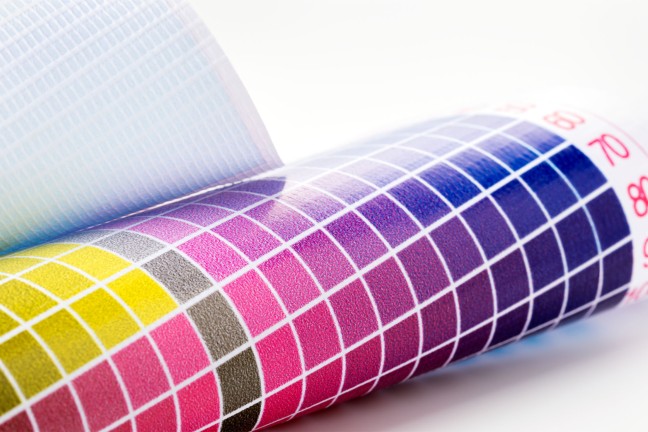
These inks are formulated with VINNOL® binders, which offer high toughness, permanent flexibility, and abrasion resistance.
Contact
For more information on this topic, please contact:
Mr. Nikolaus Trippen
Global Segment Manager
WACKER POLYMERS
+49 89 6729-1839
Send message

